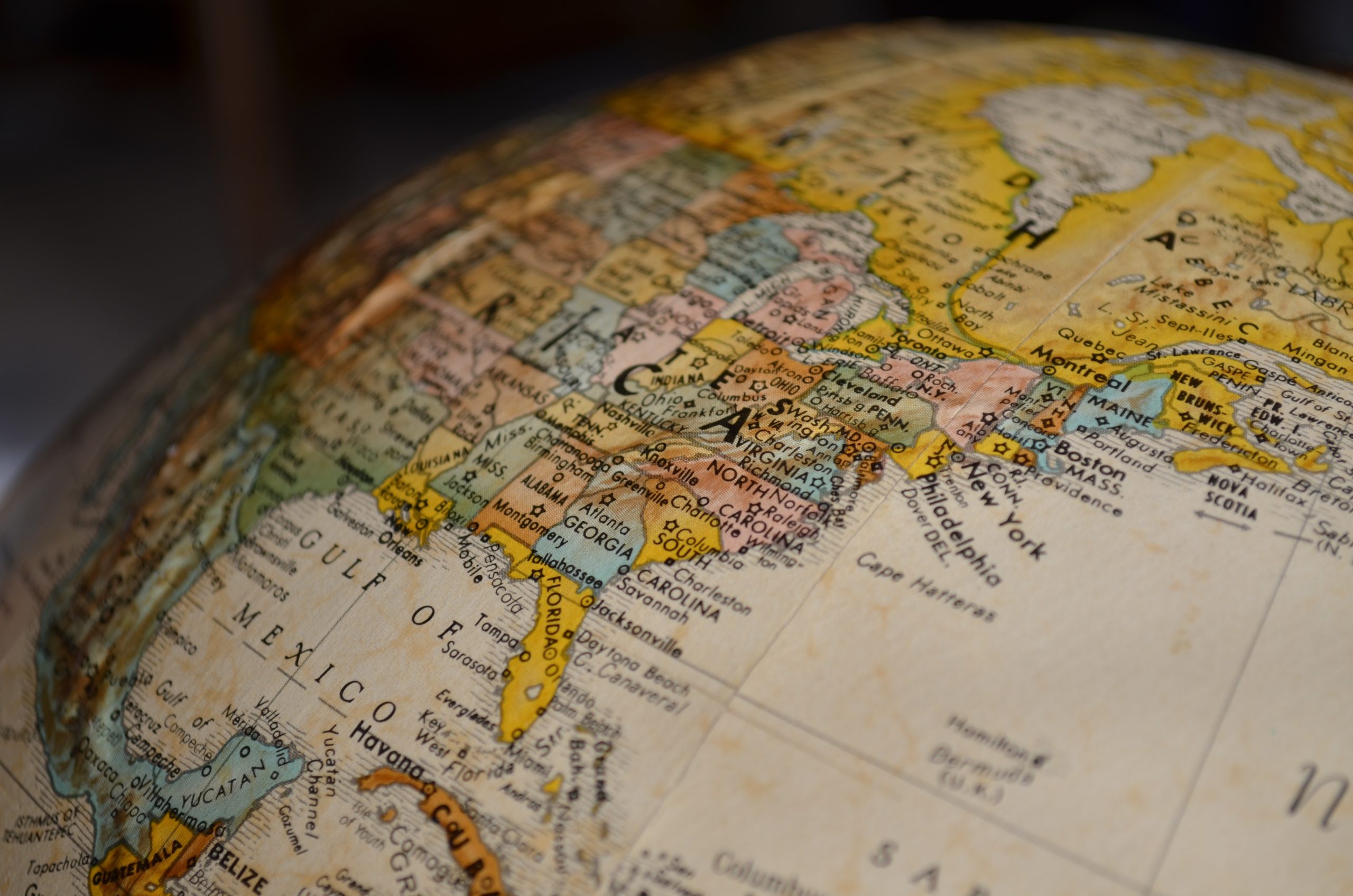During the Singles Day shopping event held this year on Tmall there was ($14.19 billion) in sales which works out to 91.2 billion yuan. This indicates that e-commerce is growing quite rapidly. For some time, Taobao was the main symbol of e-commerce in China and viewed as the Chinese eBay by foreigners. It was basically viewed as a low-end player in the marketplace. Many Western brands used to consider the Chinese e-commerce channels as something they would only deal with to dump their inventories or sell discontinued products.
Affordability and the ability to consume are still limited despite the growth in e-commerce. Many of the top brand shave been prudent in moving into the Chinese e-commerce marketplace, especially when dealing with Alibaba over the last of 3-5 years. Chinese e-commerce is booming today and there are many different brands. Many of the luxury brands including Western ones, are beginning to think of new strategies for the Chinese market.
These brands are looking at the Chinese e-commerce in a different way because there was an end to growth of luxury brands when China imposed austerity measures on high spending and created their anti-corruption campaign. These brands have faced challenges too, because increasing sales online can be difficult. The increasing labor costs and expanding rents of growing shopping centers have led to little change for growth for top lines.
Alibaba’s US listing and the success of Tmall have led many of the Western brands to think differently about Chinese e-commerce, especially in the areas of growth and size. The 57.1 billion yuan in sales for Tmall, During Singles Day can be comparable to the offline sales for the United Sates Black Friday in 2014. The 91.2 billion yuan in sales for Singles Days has shaken the entire retail world.
Western brands need to consider that the post-1980 and post-1990 generations are the main online consumers in China. This dominance can be seen in the clothing industry as entry-level luxury brands take market share from the cheaper brands that made up the bulk of e-commerce sales before. The ability to consume at this price point is getting closer as more are able to afford luxury brands. These two generations know the brands and make purchased based upon their knowledge.
Many brands in the Western world don’t understand Chinese e-commerce. They think it’s important, but too difficult and don’t know how to get started. Many multinational corporations and top brands wan to get into the Chines marketplace online.
A few years ago, some luxury brands looked to different markets, but didn’t pick China. Some luxury brands today are looking to work with T-mall. Prices in China are improving, but are still quite low so some brands find it hard to fit in at their price ranges. The lower-tier brands find it much easier to make e-commerce work. The prestige brands need more time to get situated in e-commerce markets.
Two successful examples in China are Decathlon and Uniqlo. They offer high quality, popular products and target many groups. In the apparel industry, Uniqlo ranked top for Singles Day 2015.
Due to high pricing and limited groups that buy the brands, the luxury brand industry need to find-e-commerce customers by creating a starting point in the online retail industry.





